Unearthing hidden secrets at St John’s historic cemetery
Local
It has been almost half a century since anyone was buried in the historic Cemetery of St John the Evangelist at Port Elliot, but the site still holds secrets to this day.
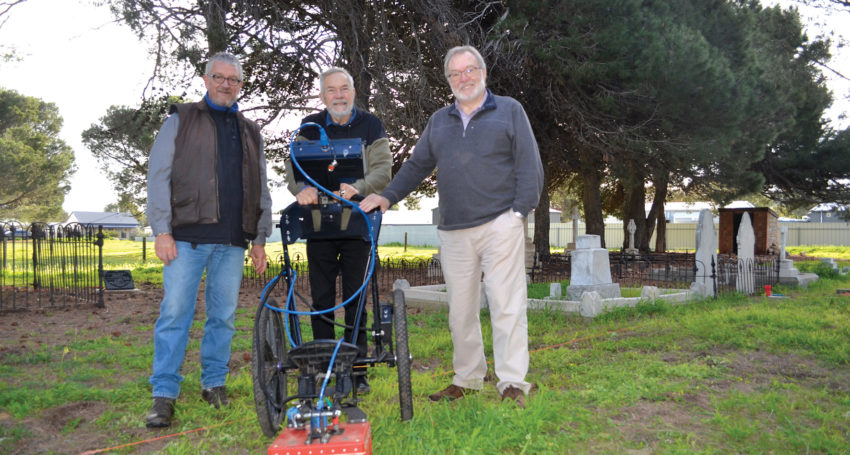
Established in 1864, the Catholic cemetery off Tottenham Ct Road once sat adjacent to St John’s Church, established the same year.
While the church was demolished in 1936, the cemetery remains active and underwent restoration works in 2015.
Home to 125 plots, records indicate there are about 75 people buried at the site, but for years speculation has mounted on the number of unmarked graves present.
With any luck, this is a question that will soon be answered, as work has begun on mapping the site using modern technology.
Advertisement
Andrew Frost is a PhD student at Flinders University who works in geophysical archaeology, and specialises in locating unmarked graves.
Having recently moved to Port Elliot, Mr Frost has donated his time and expertise to survey the site with the help of some volunteer parishioners.
“I am using two different methodologies at the site,” Mr Frost said.
“The first is ground penetrating radar, which is really common for locating unmarked graves, and the second is electronic resonance tomography which is used a lot in archaeology and exploration, as it can map deep underground.
“The work is quite labour intensive and involves a lot of walking. It’s taken us probably a week to map the graveyard as well as the old church.”
Business manager for the Victor Harbor and Goolwa Catholic parish, Ray Klecko, has been working with Mr Frost alongside fellow parishioner Leigh Blacket and said it was great to unearth some more history at the site.
Mr Klecko said a convent was also once part of the original setup and was inhabited by the Sisters of St Joseph.
“Priests never lived in this area, but they used to travel here from places like Willunga and Strathalbyn,” Mr Klecko said.
“By the time St John’s Church was demolished, I believe after a fire, it had become obsolete as a new church at Victor Harbor, St Joan of Arc’s (constructed in 1920/21) had taken off with a permanent priest.”’
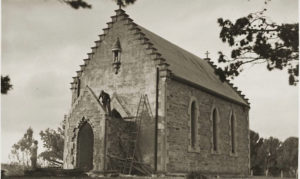
The former St John’s Church in 1936. Photo: State Library of South Australia B9495.
Mr Klecko said over the years and since the demolition of St John’s, the cemetery had fallen into a state of disrepair, with the most recent burial taking place in 1972.
“It is, however, still open and active and people can still use the facilities at this tranquil site,” Mr Klecko said.
“With the help of Andrew, we are hoping to discover where all the graves are, as well as locate any unmarked graves…we are fairly certain there are graves here that never had headstones.
Advertisement
“On behalf of the parish I would like to thank Andrew for his kind services that he’s offered to us. This kind of work can be very expensive and we were blessed that he came forward and offered his expertise.”
Mr Frost will now collate a report highlighting the location of probable grave sites, visible through disturbances in the soil.
This report will then be made freely available to the parish and Alexandrina Council.
“Working as a scientist, I find it important to give back to the community,” Mr Frost said.
“If I did this as a commercial thing it would be quite expensive, but volunteering your time can help demystify some of the science and build bridges between people.”
This article first appeared in The Victor Harbor Times.


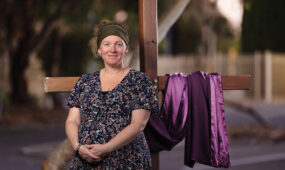
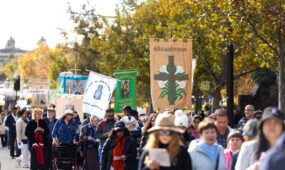
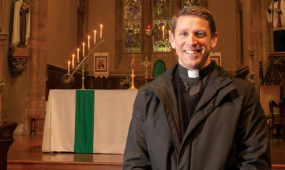
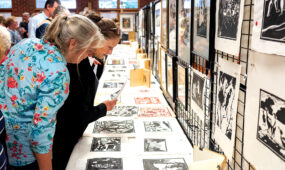

Comments
Show comments Hide comments